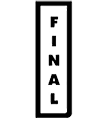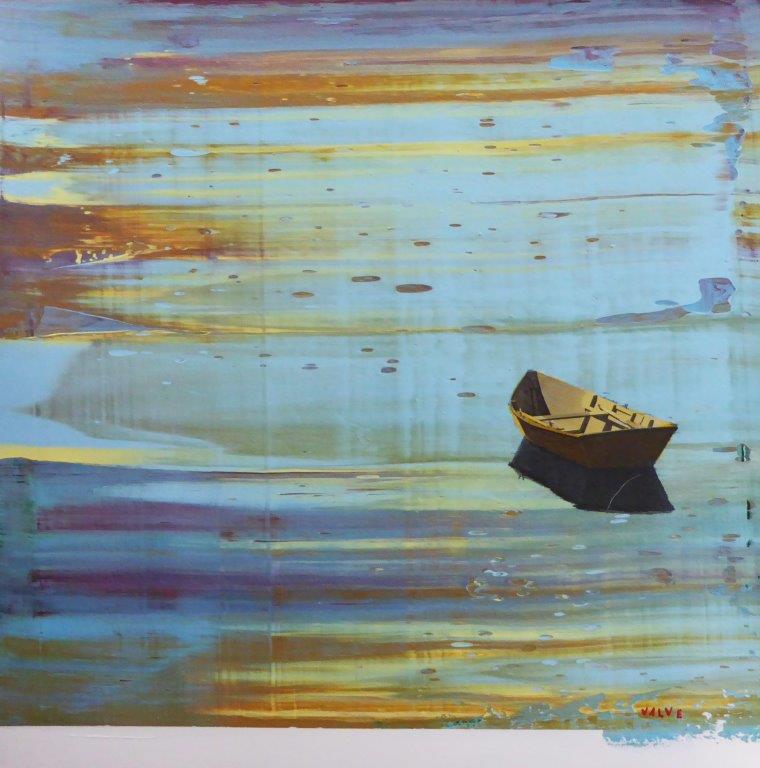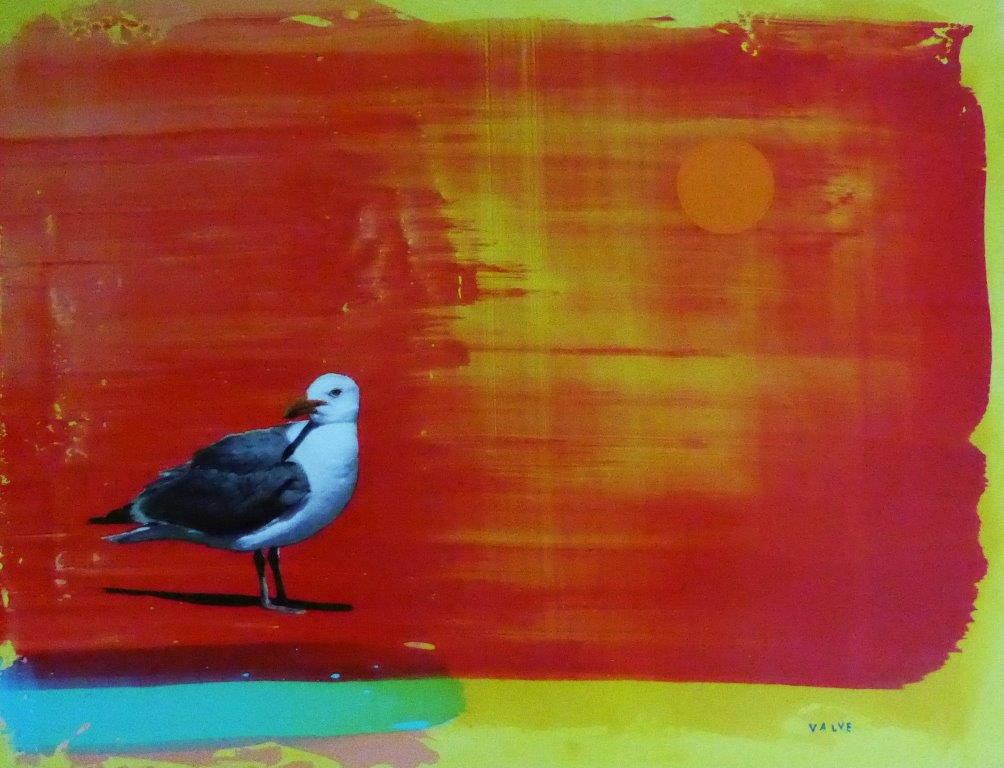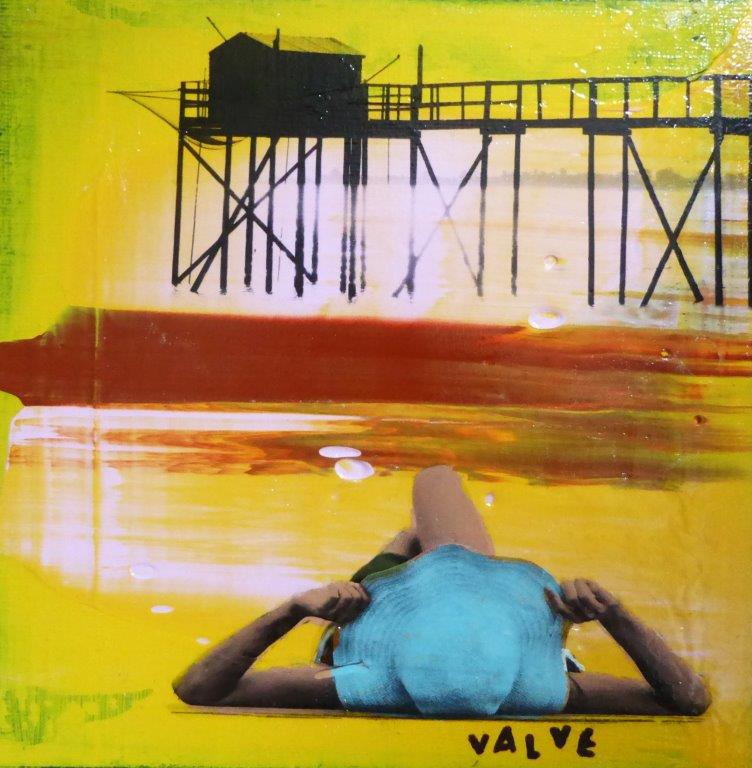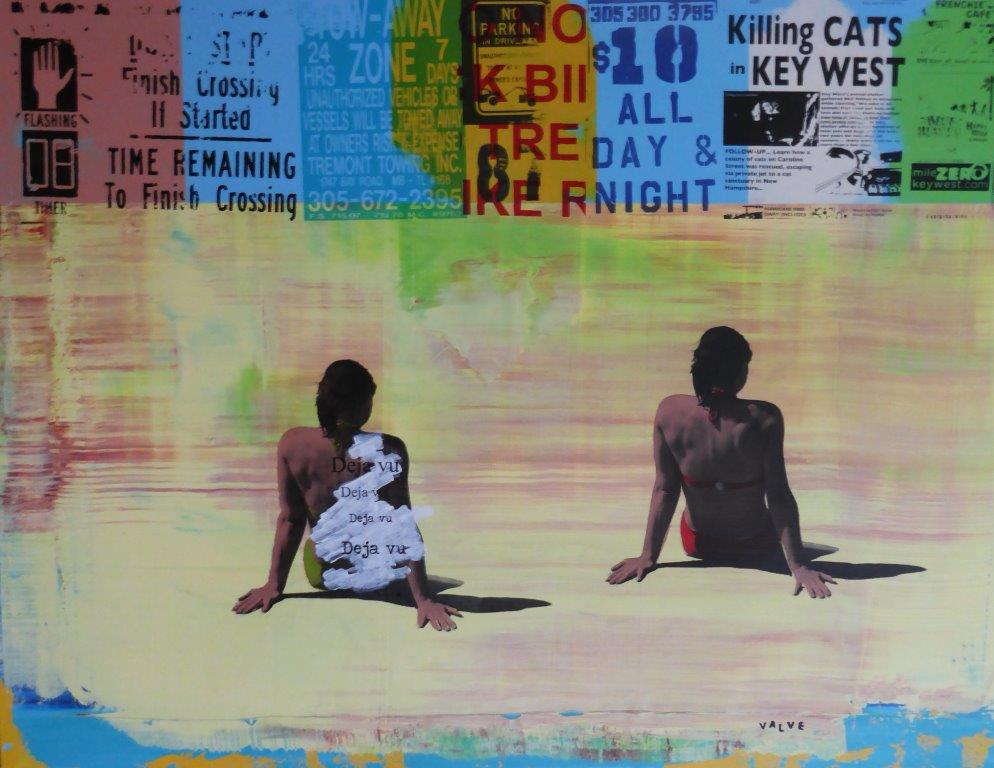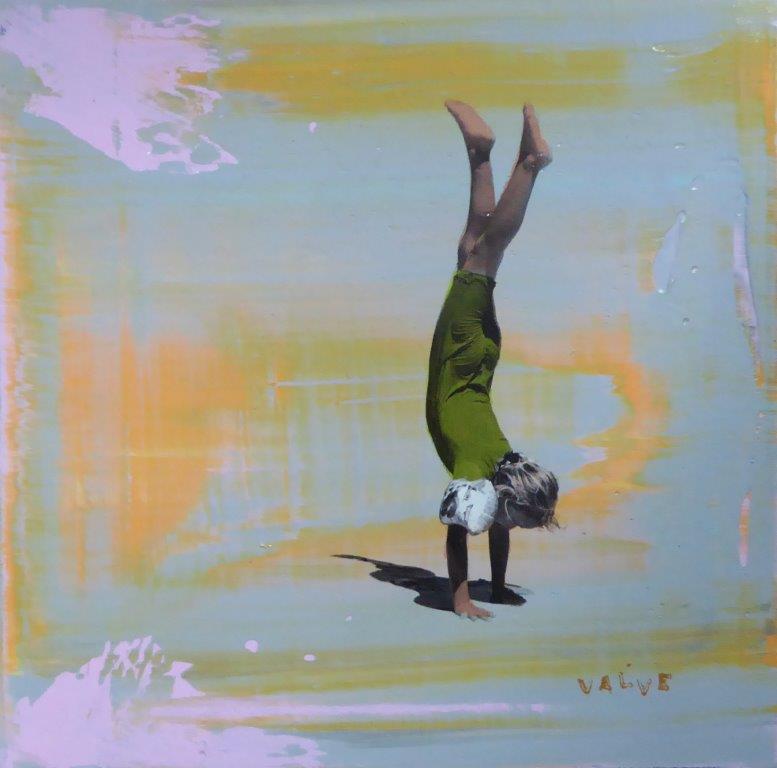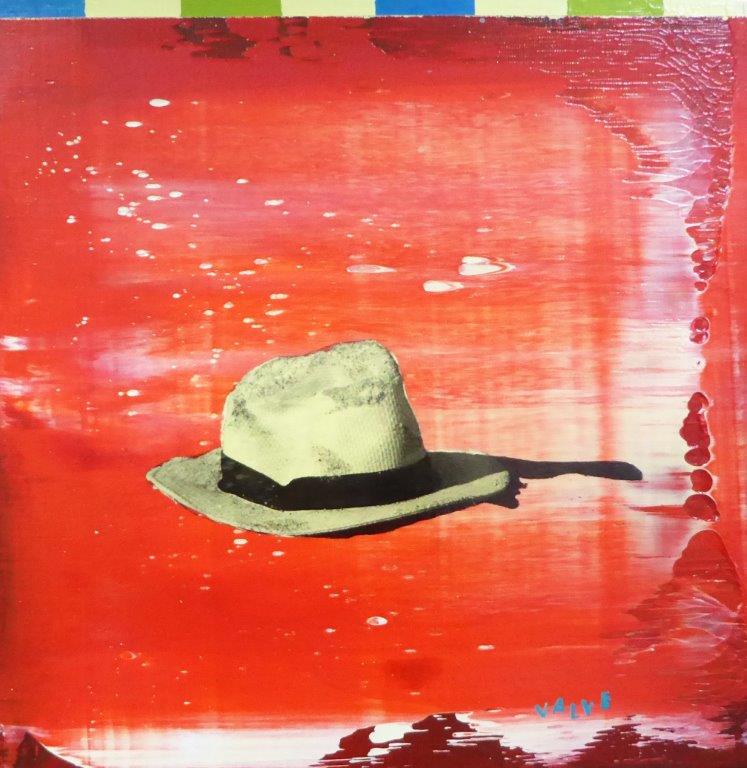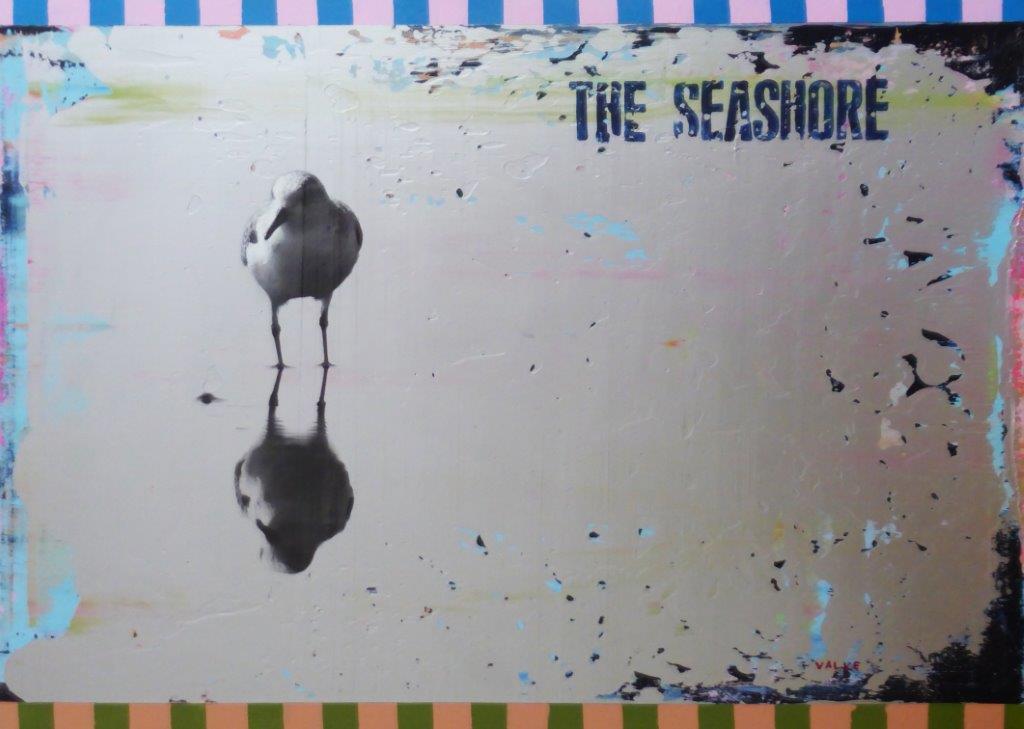KARL VALVE
Karl Valve spent his early years in Tullinge just south of Stockholm where he grew up at the same time as graffiti culture was starting to emerge and develop. Without being a graffiti artist himself, he nevertheless filled his notepads – ‘black books’ – with drafts of bold letter combinations, sometimes spiced up with figurative elements. The turning point came when he moved to Malmö and discovered P-huset Anna, a multi-storey car park with so-called ‘legal walls’. This was a favourite haunt of young graffiti artists, since it gave them the chance to paint and develop their creativity without the risk of being nabbed by the police. Their spray cans were bought in Copenhagen, which also had a broad selection of graffiti magazines.
These early experiments with graffiti were the precursor to Valve developing a deeper interest in art and especially in its technicians, since for him it wasn’t just about applying paint to a canvas (or other medium) in a figurative or non-figurative manner. In replacing spray cans with putty knives and adding layer upon layer of paint – nowadays up to ten of them – he gave his surfaces a poetic depth which invited interpretation and clarification. Important sources of inspiration for the development of his work with putty knives were such artists as Gerhard Richter (Bach Suite, 1992) and Ola Billgren, who in the same decade created his gleaming red “echoes of Pompeii”. The artist who was to have the greatest effect upon him, however, was the American Robert Rauschenberg. In the 1950s, as part of his development of late 1910s Dadaism, he introduced combines and assemblages as artistic media. The most famous example of the latter is undoubtedly his Monogram of 1959, a goat with a car tyre around its belly, but it was primarily Rauschenberg’s combines which from an early stage came to fascinate Valve. For Rauschenberg, these often work in the same way as contemporary documents or diary entries. Photographs, newspaper clippings, letters of the alphabet, and streaks of colour are combined into collages rich with association. In Valve’s current exhibition which he, with a dash of nostalgia, calls Life on the Seashore, this relationship with Rauschenberg is as evident as the differences are striking. Valve too works with combinations of colour, photographs, figurative painting and letters, but whereas Rauschenberg is extrovert in his work, Valve is introspective, otherworldly and lyrical. A streak of contemplative poetry runs through the current exhibition, not least in its bird motifs.
Without having any real idea of how the finished work will look, Valve begins by applying layer upon layer of acrylic paint to the canvas. Shifts between thin glaze and more impasto textures create a relief-like effect in the paint, the nuances of which determine the content of the rest of the painting. In Fågelmålningarna (the Bird Paintings), Valve’s palette seems to have carried his thoughts to the beach where the sea ebbs away, where the shifting light of the heavens is reflected from dawn to dusk in sand that remains ever moist and where the sun appears as a shining globe. His paintings are thus transformed from abstract lyricism into summer beaches, into a setting for birdlife but also for bathing, boats and beach cabins: a setting with horizons both deep and implicit.
The whole exhibition is characterised by a quiet beauty closely allied to nature. Should we then refer to Valve as a nature poet? ‘No,’ he says, he is a child of the city, while acknowledging a strong attraction to Taoism, the Chinese philosophy which in nature and through inward contemplation and meditation seeks to find ‘the Way’ to inner harmony and an understanding of life. One of Valve’s favourite books is Benjamin Hoff’s Tao of Pooh, an unsurpassed source of wisdom in which Valve finds a soulmate in the form of Pooh Bear’s friend Piglet. Taking Piglet by the hand is in fact an excellent way to find the right path into Karl Valve’s multi-layered and deeply poetic world.
Britte Montigny
